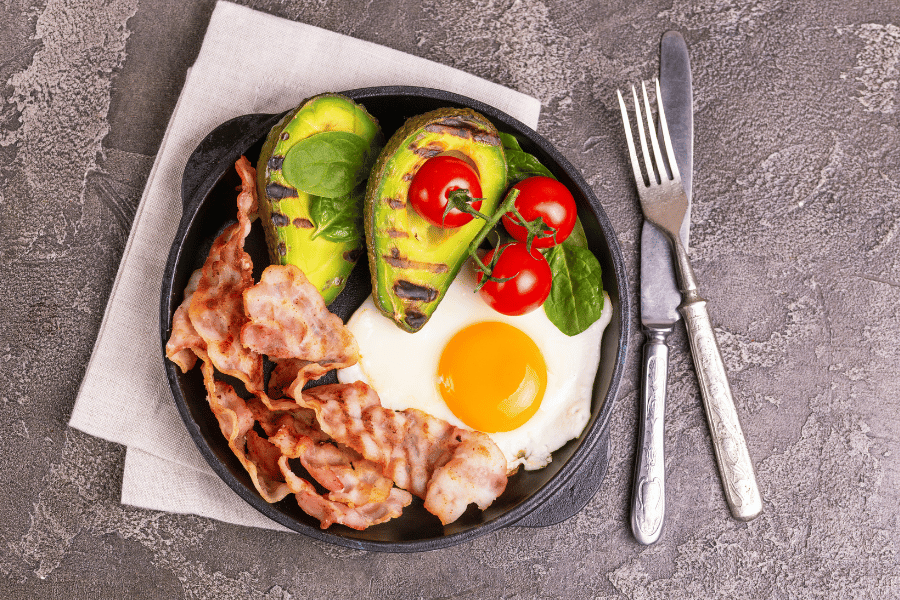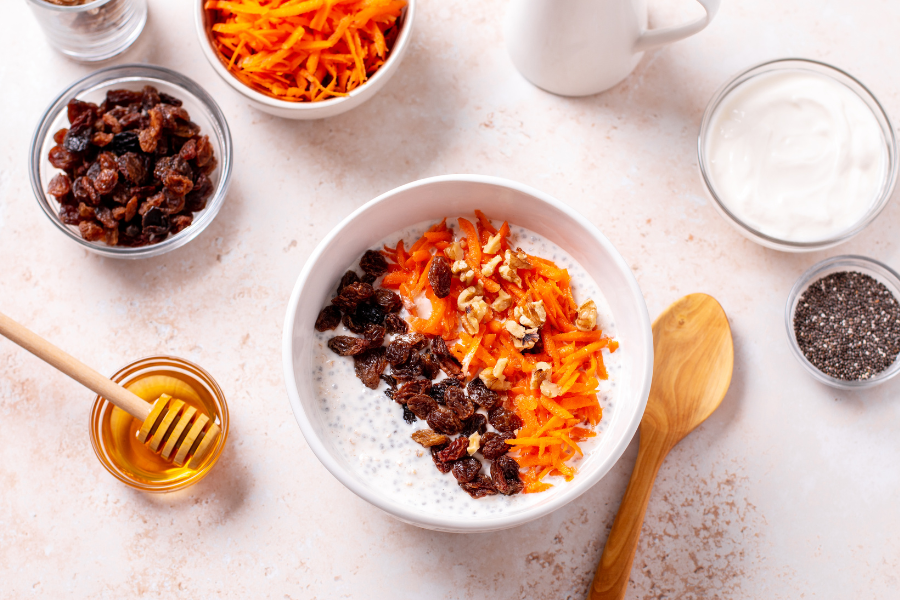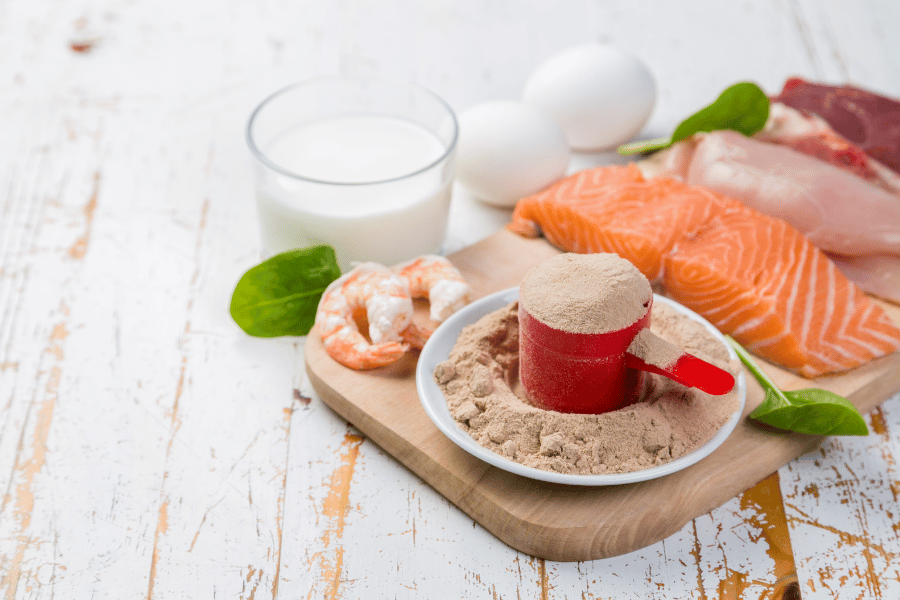Embarking on a journey to lose belly fat can be challenging, but understanding the significant role of diet in this process is crucial. The food we eat directly impacts our ability to burn fat, particularly in the abdominal area. A well-planned diet, rich in essential nutrients, can significantly enhance the body’s fat-burning capability.
Nutrition plays a pivotal role in targeted fat loss. According to Dr. Sarah Johnson, a renowned nutritionist, “The composition of your diet can influence the areas of fat metabolism and distribution in the body.” This means that by choosing the right foods and avoiding certain others, you can effectively target belly fat.
In this guide, we’ll delve into the essential nutrients required for belly fat reduction, identify the best foods to incorporate into your diet, and highlight those to avoid. We’ll also explore the importance of hydration and provide sample diet plans tailored for optimal belly fat loss. Finally, we’ll address common questions and misconceptions, offering practical advice for your dietary journey. Stay tuned to learn how to effectively structure your diet to achieve and maintain a trimmer waistline.

Essential Nutrients for Belly Fat Reduction
To effectively target belly fat, it’s important to focus on specific nutrients that aid in this process. Understanding how these nutrients function in the body can help you make informed dietary choices for effective fat loss.
Key Vitamins and Minerals That Aid in Belly Fat Loss
- Fiber: Soluble fiber, found in foods like oats, apples, and beans, is crucial for belly fat loss. It helps regulate blood sugar levels and increases satiety, reducing overall calorie intake.
- Protein: High-quality protein, from sources like lean meats, fish, and legumes, is essential for building muscle mass. Increased muscle mass boosts metabolism, aiding in more efficient fat burning.
- Healthy Fats: Monounsaturated and polyunsaturated fats, found in avocados, nuts, and olive oil, help reduce the accumulation of belly fat and improve overall heart health.
- Vitamin D: A vitamin linked to body fat regulation. Low levels of Vitamin D are associated with increased fat accumulation.
- Magnesium: This mineral is vital for energy production and helps regulate blood sugar levels, which can be beneficial in reducing cravings and controlling appetite.
How These Nutrients Function in the Body
- Fiber slows down digestion, which helps maintain steady blood sugar levels and prevents overeating.
- Proteins are more thermogenic than fats or carbohydrates, meaning they burn more calories during digestion, aiding in weight loss.
- Healthy Fats are not only essential for overall health but also help in the feeling of fullness, reducing the likelihood of overeating.
- Vitamin D and Magnesium play roles in hormonal balance and efficient metabolism, which are key factors in fat loss and overall health.
By incorporating foods rich in these nutrients into your diet, you can enhance your body’s ability to lose belly fat more effectively. In the next section, we’ll explore the best foods to eat for losing belly fat, providing insights into their benefits and tips for incorporating them into your daily meals.

Best Foods to Eat for Losing Belly Fat
Choosing the right foods is a critical aspect of losing belly fat. Some foods have been scientifically proven to target abdominal fat more effectively than others. Here’s a list of effective foods and the science behind their fat-burning capabilities:
List of Effective Foods in Burning Belly Fat
- Leafy Greens: Spinach, kale, and other leafy greens are low in calories but high in fiber, promoting satiety and aiding in weight loss.
- Whole Grains: Foods like quinoa, brown rice, and whole oats are rich in fiber and have a low glycemic index, helping to regulate blood sugar levels.
- Lean Protein: Chicken breast, turkey, tofu, and legumes are excellent sources of protein that aid in muscle building and metabolism boosting.
- Fatty Fish: Salmon, mackerel, and sardines are high in omega-3 fatty acids, which are known to reduce visceral fat.
- Nuts and Seeds: Almonds, chia seeds, and flaxseeds provide healthy fats and protein, keeping you full for longer.
- Berries: Blueberries, strawberries, and raspberries are rich in antioxidants and fiber, aiding in weight management.
The Science Behind How These Foods Work
- Fiber-rich Foods like leafy greens and whole grains help maintain a feeling of fullness, preventing overeating and aiding in digestive health.
- Protein boosts metabolism as it requires more energy for digestion compared to fats or carbohydrates. It also helps in building lean muscle, which in turn burns more calories at rest.
- Omega-3 Fatty Acids in fatty fish can stimulate enzymes that trigger fat-burning in cells.
- Nuts and Seeds contain monounsaturated fats that have been linked to reduced belly fat.
- Berries have a lower sugar content than other fruits and are high in fiber, making them ideal for a weight-loss diet.
Tips for Incorporating These Foods into Daily Meals
- Start your day with a high-protein breakfast like eggs or Greek yogurt.
- Include a serving of leafy greens in each meal, whether in a salad, smoothie, or as a side dish.
- Opt for whole grains instead of refined carbs like white bread and pasta.
- Snack on a small handful of nuts or seeds to curb hunger between meals.
- Incorporate fatty fish into your diet at least twice a week.
Incorporating these foods into your diet can significantly contribute to losing belly fat. They not only provide essential nutrients but also help keep you satiated, making it easier to stick to a healthy eating plan. Next, we will discuss foods to avoid in your journey to lose belly fat, understanding their negative effects and strategies to minimize or eliminate them from your diet.
Foods to Avoid in Your Belly Fat Loss Journey
While focusing on what to eat is important, it’s equally crucial to be aware of foods that can hinder your progress in losing belly fat. Certain foods can negatively impact weight loss efforts, and understanding why can help you make better dietary choices.
Identifying Foods That Hinder Belly Fat Reduction
- Sugary Foods and Drinks: Items like soda, candy, and baked goods high in added sugars contribute to fat accumulation, particularly around the midsection.
- Refined Carbohydrates: White bread, pasta, and other refined carbs can cause spikes in blood sugar levels, leading to increased fat storage.
- Alcohol: Regular consumption of alcohol can contribute to weight gain, as it is high in calories and can lead to poor food choices.
- Trans Fats: Found in some fried and processed foods, trans fats are linked to increased belly fat and can have adverse health effects.
- High-Sodium Foods: Excessive salt intake can lead to water retention, bloating, and weight gain.
Understanding the Negative Effects of Certain Foods on Weight Loss
- Sugary Foods and Drinks cause insulin spikes and can lead to insulin resistance over time, a key factor in fat accumulation.
- Refined Carbs are quickly digested, leading to hunger and overeating. They lack fiber, which is essential for weight management.
- Alcohol can slow down the metabolism as your body prioritizes alcohol metabolism over fat burning.
- Trans Fats increase unhealthy LDL cholesterol and lower healthy HDL cholesterol, contributing to weight gain and health risks.
- High-Sodium Foods don’t necessarily cause fat gain but can affect the appearance of fat loss due to water retention.
Strategies for Minimizing or Eliminating These Foods from Your Diet
- Replace sugary snacks with healthier options like fruits or yogurt.
- Choose whole grains over refined carbs for sustained energy and satiety.
- Limit alcohol consumption and opt for low-calorie or non-alcoholic alternatives.
- Read food labels to avoid products with trans fats.
- Opt for fresh or home-cooked meals over processed foods to control your sodium intake.
Being mindful of these dietary pitfalls and making conscious choices to avoid or limit these foods can significantly impact your ability to lose belly fat. Next, we will explore the role of hydration and fluids in your diet, highlighting the importance of water and other fluids in reducing belly fat and the best drinks for enhancing belly fat loss.

Role of Hydration and Fluids in Diet
Hydration plays a crucial role in your journey to lose belly fat. It might not seem directly related, but the amount and type of fluids you consume can significantly impact your ability to shed those extra inches around your waistline.
Importance of Water and Other Fluids in Reducing Belly Fat
- Appetite Control: Drinking water before meals can help control your appetite, leading to reduced calorie intake and potentially aiding in weight loss.
- Metabolism Boost: Staying hydrated is essential for a well-functioning metabolism. Dehydration can slow down metabolic processes, making it harder to burn fat.
- Water Retention: Proper hydration can prevent water retention, reducing bloating and helping your midsection appear slimmer.
- Digestive Health: Water is vital for proper digestion and the absorption of nutrients, ensuring your body efficiently utilizes the nutrients from your diet.
Best Drinks for Enhancing Belly Fat Loss
- Water: Plain water is the best choice for staying hydrated and supporting overall health. Aim to drink at least eight glasses (64 ounces) a day.
- Green Tea: Green tea contains catechins, antioxidants that can boost metabolism and aid in fat oxidation.
- Herbal Teas: Herbal teas like peppermint, ginger, and dandelion can promote digestion and help reduce bloating.
- Lemon Water: Adding lemon to your water can provide vitamin C and enhance flavor without adding calories.
- Apple Cider Vinegar: Some studies suggest that apple cider vinegar may help with weight loss by promoting feelings of fullness and reducing calorie intake.
By prioritizing hydration and making the right drink choices, you can support your body’s efforts to burn belly fat more effectively. In the next section, we’ll provide sample diet plans tailored for optimal belly fat loss, offering you practical guidance on structuring your meals for success.
Diet to Lose Belly Fat:Sample Diet Plans for Optimal Belly Fat Loss
Creating a balanced and effective diet plan is crucial for losing belly fat. To help you get started, we’ve provided sample meal plans for a week, ensuring you receive the necessary nutrients while promoting fat loss.
Sample Meal Plan 1: High-Protein Diet
Day 1
- Breakfast: Scrambled eggs with spinach and tomatoes
- Lunch: Grilled chicken breast with quinoa and steamed broccoli
- Dinner: Baked salmon with asparagus and a side salad
- Snack: Greek yogurt with berries
Day 2
- Breakfast: Oatmeal with almond butter and sliced banana
- Lunch: Turkey and avocado wrap with whole wheat tortilla
- Dinner: Stir-fried tofu with mixed vegetables
- Snack: Mixed nuts
Day 3
- Breakfast: Protein smoothie with spinach, banana, and protein powder
- Lunch: Quinoa salad with chickpeas, cucumber, and feta cheese
- Dinner: Grilled shrimp with quinoa and roasted Brussels sprouts
- Snack: Cottage cheese with pineapple
Sample Meal Plan 2: Mediterranean Diet
Day 1
- Breakfast: Greek yogurt with honey and walnuts
- Lunch: Mediterranean salad with tomatoes, cucumbers, olives, and feta cheese
- Dinner: Baked chicken with lemon and oregano, served with roasted vegetables
- Snack: Hummus with carrot sticks
Day 2
- Breakfast: Whole grain toast with avocado and poached eggs
- Lunch: Lentil soup and a side of tabbouleh
- Dinner: Grilled swordfish with a quinoa and spinach pilaf
- Snack: Fresh fruit salad
Day 3
- Breakfast: Omelette with spinach, tomatoes, and feta cheese
- Lunch: Whole grain pita with grilled chicken, tahini, and mixed greens
- Dinner: Baked trout with a side of couscous and sautéed Swiss chard
- Snack: Greek yogurt with berries
These sample meal plans provide a variety of nutrient-dense foods, including lean protein, whole grains, and plenty of fruits and vegetables. Remember to customize your diet plan to your preferences and dietary requirements. Additionally, it’s essential to stay hydrated and incorporate the foods we discussed in the previous sections to optimize your belly fat loss journey.
FAQ: Navigating Through Your Diet for Belly Fat Loss
Common Questions and Misconceptions About Diet and Belly Fat
Q1: Is spot reduction possible? Can I target belly fat with specific foods?
- A: Spot reduction is a myth. While certain foods can aid in overall fat loss, they won’t specifically target belly fat. A balanced diet and exercise are key for effective fat reduction.
Q2: How many meals should I eat per day for optimal belly fat loss?
- A: Meal frequency varies among individuals. Some prefer three main meals, while others thrive on smaller, more frequent meals. Focus on overall calorie intake and portion control.
Q3: Are carbs the enemy when it comes to losing belly fat?
- A: Carbs are not the enemy. Choose complex, fiber-rich carbs like whole grains, which help regulate blood sugar levels and support weight loss.
Q4: Can I lose belly fat with intermittent fasting or specific diets?
- A: Intermittent fasting and certain diets can aid in weight loss, including belly fat. However, it’s essential to choose a sustainable approach that aligns with your lifestyle.
Q5: Should I avoid all fats in my diet?
- A: No, healthy fats are essential for overall health. Include sources like avocados, nuts, and olive oil, which can even help with belly fat loss.
Q6: Are cheat meals or occasional indulgences allowed in a belly fat loss diet?
- A: Occasional indulgences are okay, as long as you maintain a balanced diet overall. Moderation is key to staying on track.
Q7: Can drinking more water really help with belly fat loss?
- A: Yes, staying hydrated can reduce overall calorie intake and support metabolism. Drinking water before meals may help control appetite.
Q8: What’s the role of exercise in losing belly fat?
- A: Exercise is crucial for overall health and accelerates fat loss. Combining a balanced diet with regular physical activity yields the best results.
Q9: How long does it take to see noticeable results in belly fat reduction through diet?
- A: Results vary by individual. Generally, with consistent effort, you can expect to see noticeable changes in a few weeks to a few months.